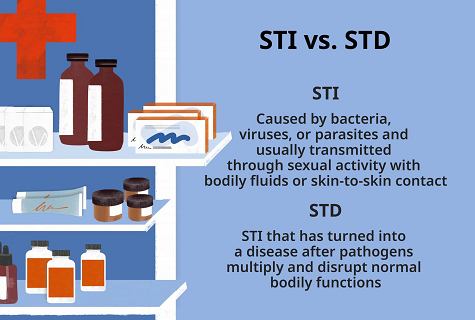Unit 10: Sexually Transmitted Diseases
Unit 10: Sexually Transmitted Diseases

Unit 10: Sexually Transmitted Diseases

Unit 10: Sexually Transmitted Diseases
This unit defines sexually transmitted diseases and explains how they are passed from one person to the next. The unit also discusses how to determine if you have an STD and where to go for treatment.
Sexually transmitted diseases (STDs), or sexually transmitted infections (STIs), are generally acquired by sexual contact. The organisms that cause sexually transmitted diseases may pass from person to person in blood, semen, or vaginal and other bodily fluids.
Sometimes these infections can be transmitted nonsexually, such as from mother to infant during pregnancy or childbirth, or through blood transfusions or shared needles.
It's possible to contract sexually transmitted diseases from people who seem perfectly healthy, and who may not even be aware of the infection. STDs don't always cause symptoms, which is one of the reasons experts prefer the term 'sexually transmitted infections' to 'sexually transmitted diseases.'
Unit Focus
- what sexually transmitted diseases (STDs) are
- the different STDs and their symptoms
- the test and treatment for each STD
- identify ways to protect against getting each STD
- identify the benefits of abstinence
Vocabulary
Lesson Reading
Videos and Interactives (Click on Images to View Content)

